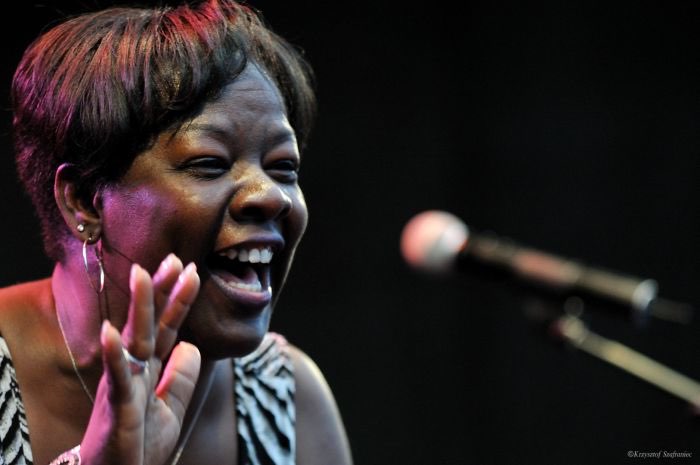
Výborný zážitek pro ty, kdo mají rádi blues, slibuje koncert americké zpěvačky Wandy Johnson. Podle zasvěcených recenzí jde o perfektní představitelku tohoto nezaměnitelného stylu. Její vystoupení si můžete vychutnat v Bounty Rock Cafe od 20 hodin.
Wanda se narodila v Jižní Karolíně ve velké rodině (má osm sester) s hudební tradicí. Sama však začala zpívat až ve druhé polovině 90. let a debutové album “Call Me Miss Wanda” vydala teprve v roce 2003. O tři roky později vydala druhé album "Natural Resource". Toto album vzbudilo velký zájem a zajistilo Wandě Johnson pozvánku k účasti na jedné z nejvýznamnějších událostí světa blues, Pocono Blues festivalu. V hodnocení vydaném v Texas Blues Magazine se mimo jiné hovoří o největším překvapení celého festivalu. Wanda Johnson předvedla skvělé originální písně a pravidelně častovala posluchače úsměvem, který by rozzářil i tu nejtemnější jeskyni. Obdobně se o Wandě hovoří jako o "novém hlasu i duši blues z Jižní Karolíny”.
Docela z jiného ranku je další večerní program ArtUm centra, který potěší především milovníky tuzemského folkloru. Slavnostní večer k 15. výročí Folklórního souboru KRAJINA z Olomouce bude mít podobu vyprávění, doprovázeného cimbálovou muzikou Frgál. Oslava se koná dnes a začíná v 19 hodin. ArtUm centrum najdete v Sokolské ulici číslo 7
A ještě něco pro rodiče s dětmi – Divadlo Tramtarie zve na 15. Hodinu všechny na Pirátskou pohádku Vladislava Kracíka. Anička a Eliška jsou úplně obyčejné malé holky, které si po škole hrají na dětském hřišti na piráty. Jenom jako samozřejmě. Jenomže potom najdou v pískovišti zakopaný vzkaz v lahvi a v něm mapu úplně opravdického ztraceného pirátského pokladu, a pak se teprve začnou dít věci, ze kterých vám vypadne oko z důlku… V hlavní roli humor, nekonečná dětská fantazie a také touha zažít opravdové dobrodružství. Pohádka je vhodná pro děti od tří let.









Komentáře
площадка omg
omg shop
omg официальный
площадка omg
pharmacies shipping to usa
омг
площадка omg
omg ссылка
pharmacy cheap no prescription
omg сайт
Stránky